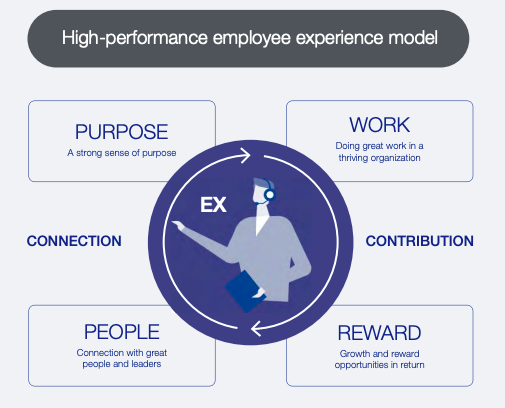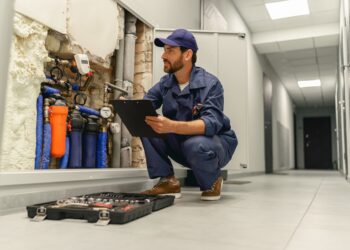As the pandemic has accelerated a shift to new ways of working, Willis Towers Watson and the WEF studied what is helping organizations shape an effective course of action.
The COVID-19 pandemic has accelerated a shift to new ways of working, prompting companies to reimagine how, where and by whom work gets done. This shift was already under way with the technological changes of the Fourth Industrial Revolution. As companies look to reset for the new world of work that emerges from the pandemic, they would benefit from an approach that values talent as a key asset that contributes to an organization’s sustained value creation. This calls for the development of a new human capital accounting framework, which would enable a company’s board and management to track how their investment in people is augmenting the firm’s human capital, and support the delivery of better outcomes for the business, the workforce and the wider community.
This report, a collaboration between Willis Towers Watson and the World Economic Forum (WEF), seeks to provide such a framework. It is an important component of the Forum’s HR 4.0 initiative, an approach to shaping people strategies in the Great Reset to collectively build a more fair, sustainable and resilient future.
Introduction
The coronavirus pandemic is a defining moment for leaders as they reset the workforce, restore stability and strive to achieve growth in a sustainable manner that benefits all stakeholders. Actions to protect, preserve and sustain human capital value will be important for an organization’s reputation and ability to chart a resilient path forward. The crisis, with its highly disruptive effects on people and work, also presents an opportunity to take bold measures to shape a workforce ready to deliver value to the organization, and to economy and society at large, as it navigates new realities. At this pivotal moment, organizations should seek to work towards a more holistic approach to valuing the workforce and the return on human capital investment.
Having a robust framework for measuring and accounting for human capital would support a principled approach to workforce management (see box: Workforce principles). Such a framework would enable a company to monitor and assess the return on its investments in its employees – in the same way as it measures returns on financial and intellectual capital; however, given the intangible nature of strong corporate culture, stakeholder leadership and employee well-being, companies have struggled to quantify the contribution of their human capital assets.


Workforce principles
The following principles were developed jointly by Willis Towers Watson and the World Economic Forum earlier in the COVID-19 crisis to help organizations shape a responsible initial course of action in managing their workforces in changed circumstances. They can also help guide employers to plan and implement an ethical and sustainable reset of their people strategies as they emerge into the “new normal”.
- See this crisis as a defining leadership moment – and continue delivering the best possible outcomes for all stakeholders. Effective leaders ensure the organization stays true to its purpose, values and culture. They are transparent, empathetic and create trust, and their behaviour helps calm and support employees who may feel stressed and anxious.
- Adopt an agile and continuous learning mindset. The uncharted waters of this crisis demand agility and innovation to ensure responses are being recalibrated to a changing set of circumstances.
- Understand the perspectives of all stakeholders (e.g. employees, shareholders, customers, suppliers, unions, healthcare providers, community) and engage them in decision-making. Maintain awareness of the shifting needs and priorities of all stakeholders and the evolving state of competitive and innovative practices.
- Focus on the intersection of employee and company well-being. Cost pressures place significant stress on leaders to meet the needs of shareholders at a time when the well-being of employees, particularly the most vulnerable, is being seriously threatened. But the risks to – and benefits of – employee well-being and company well-being are highly aligned.
- Make decisions and take actions that consider medium-term needs and longer-term business objectives. Organizations should avoid engaging in shortterm actions that may compromise the longer-term sustainability of the business.
A basis for work redesign
Some companies are also taking action to redesign work. Before the pandemic, technology was already disrupting the world of work, redefining how, where and by whom work is done. The cost pressures, changing business models and workforce disruptions of the COVID-19 crisis have accelerated many trends associated with the future of work. According to a global survey of 514 employers:
- 63% have taken action on, are planning or considering redeploying (and potentially reskilling) workers to support another function.
- 57% have taken action on, are planning or considering shifting when and where work gets done.
- 48% have taken action on, are planning or considering automating certain aspects of work to streamline and/or increase productivity.
- By designing with the constraints of today’s business environment in mind, organizations are able to unlock innovative ways of reimagining work and to build more sustainable business models; however, cost-effective and sustainable work redesign requires effective human capital accounting to provide measures for valuing all talent, including contingent workers, as an asset.












